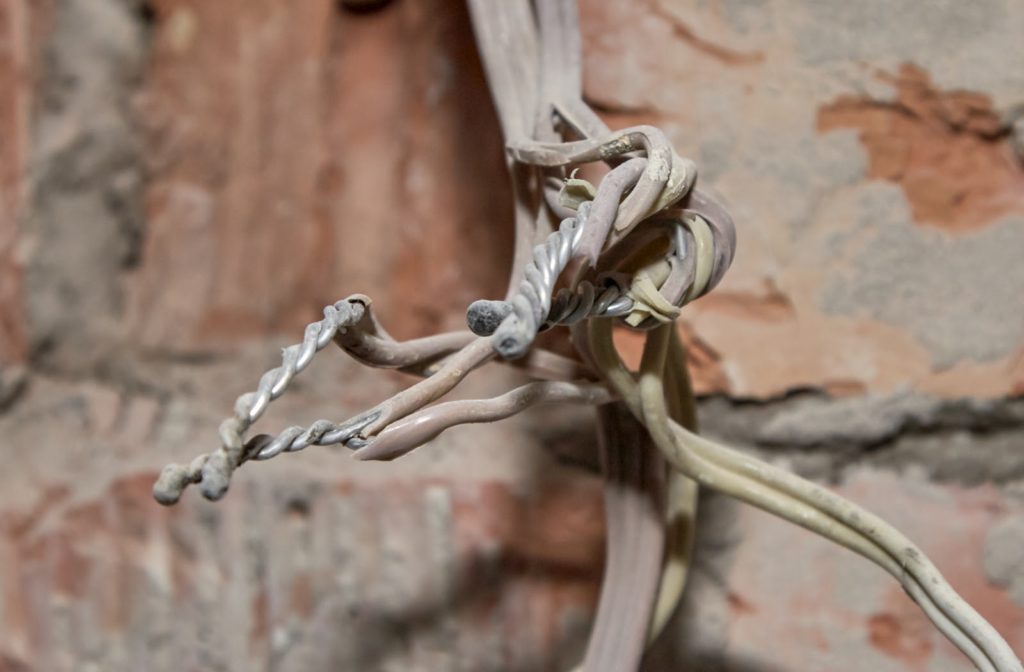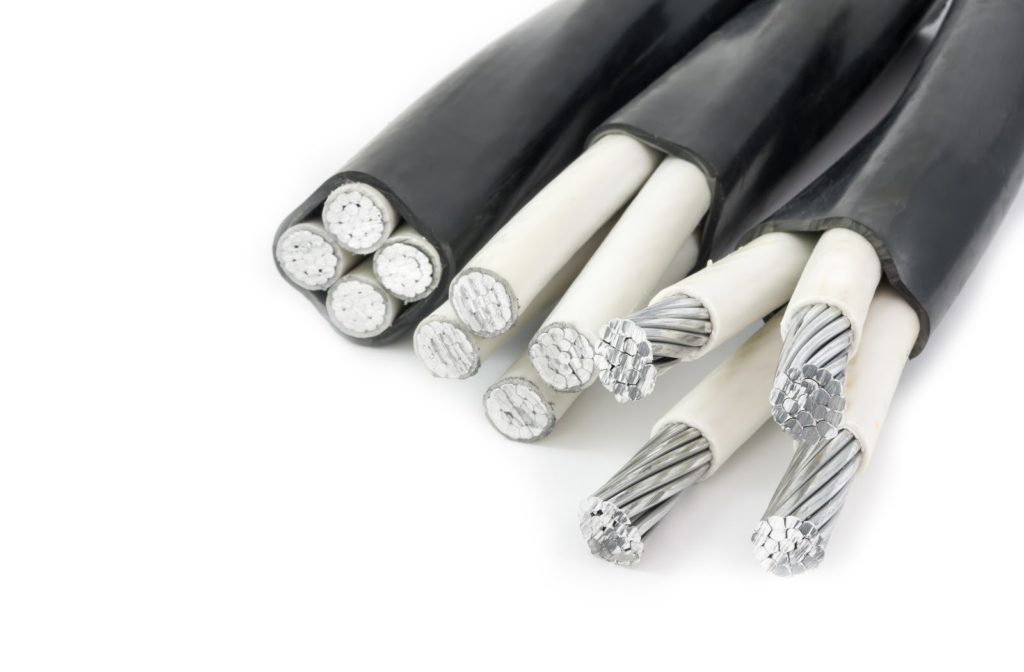If you own a business or home that has aluminum wiring within its walls, you may want to consider replacing and upgrading your wiring. Wiring made from aluminum can lead to accidents involving fire hazards and corrosion when not installed or maintained properly. Contact 4-Star Electric for an electrical inspection to start the process of replacing or repairing aluminum wiring.
How Do I Know if My Home Has Aluminum Wiring?
Many homes that were built in Canada during the 1960s–1970s will have aluminum wiring within their walls. Aluminum was chosen as the material for wiring during this time mostly due to it having a low cost of production and light weight while still being a successful way to transmit and distribute electricity. Houses that still contain aluminum wiring can be more susceptible to receiving damage caused by electrical fires and hazards.
Some signs that your home currently has aluminum wiring are:
- Your wires have a specific color that shows that they are made of aluminum.
- Wiring-device binding terminals have been marked CO/ALR, which stands for “copper/aluminum revised.”
- The word “aluminum” or the initials “AL” are visible on your wire jackets.
- Your home was built or renovated between 1965 and 1978.
What Type of Wiring is Used in Homes Now?
In the late 1970s, homes started to primarily use copper as the material for wiring. Most houses now contain non-metallic dry (NMD) cables for their wiring system — these cables contain three different conductors protected by a plastic shell. If your home still contains aluminum wiring, you may want to consider getting your house rewired with NMD cables or installing copper tails on your existing aluminum wiring.
Repairs Using Aluminum to Copper Connectors
If your home still has aluminum wiring, you can avoid some of the potential dangers of this material through the use of proper aluminum connectors. One method that our electricians use to repair and connect aluminum to copper connectors is called pigtailing — this method is when a short piece of copper wire is attached to the aluminum wire using a certified aluminum to copper connector and deox agent. The copper wire is then connected to a termination device, such as a switch or wall outlet.
Keep in mind that pigtailing can lead to increasing the hazards presented by aluminum wiring in the first place if the connections are not completed properly with the proper materials.
An other methods that can be used to connect aluminum are:
- CO/ALR connections — these devices can provide temporary repairs to faulty aluminum wiring, but cannot be used for all parts of the wiring system. CO/ALR connections cannot constitute a complete repair because they are unable to be used with things like ceiling-mounted light fixtures or permanently wired appliances.

Why is Aluminum Wiring Dangerous?
Aluminum wiring is dangerous for numerous reasons — this material can frequently separate from the screws on electrical outlets, switches, or lights and create a poor connection that leads to the wire heating up. This abundance of heat can cause the aluminum to oxidize and potentially lead to an electrical fire.
Why is Aluminum a Bad Material For Wiring?
These qualities of aluminum make it a poor conductor when used in wiring when compared to other materials:
- High electrical resistance — aluminum has a relatively high resistance to electrical flow compared to copper. This means that when given the same amperage, aluminum conductors will have to be of a larger diameter than copper wires.
- Galvanic corrosion — when aluminum is exposed to moisture it will undergo galvanic corrosion when it comes into contact with certain other metals.
- Oxidation — aluminum wiring is more easily oxidized compared to copper wiring. The compound formed by the oxidation of aluminum (aluminum oxide) is less conductive than copper oxide.
- High rate of thermal expansion and contraction — aluminum greatly expands and contracts with changes in temperature, which can cause the connections between the wiring and the device to steadily degrade in effectiveness and durability.
- Less ductile — aluminum will fatigue and break down more easily when bent or impacted compared to copper, which is considered to be a more ductile material. By breaking down, an aluminum wire will increase its resistance to an electrical current which can lead to a buildup of excess heat.
- Malleability — aluminum is highly sensitive to compression; for example, if a screw has been over-tightened on aluminum wiring, the wire will continue to deform in the same manner even after the tightening has been undone. This can create a loose connection and increase electrical resistance.


